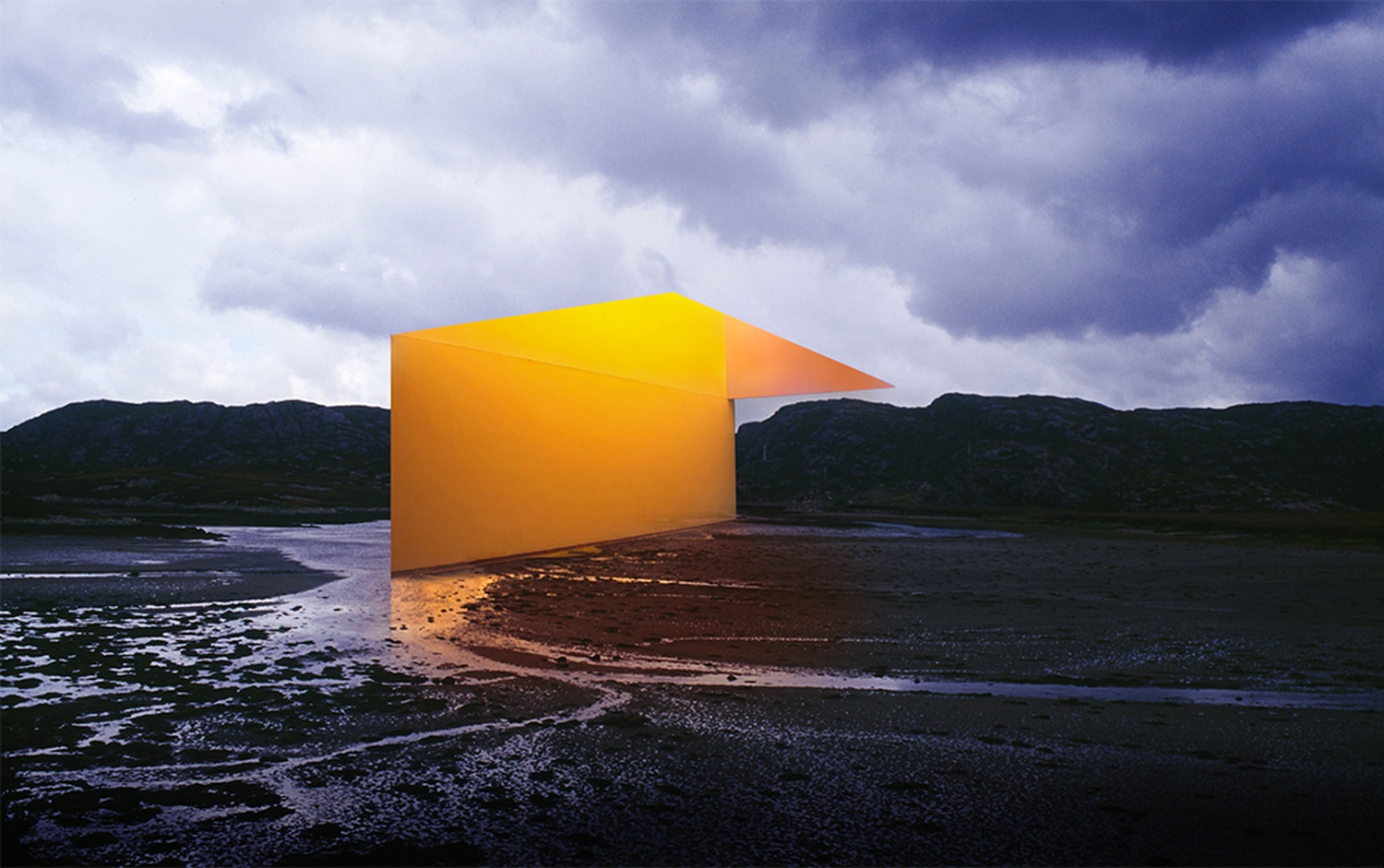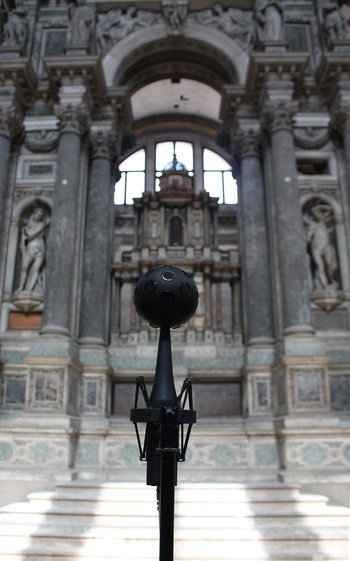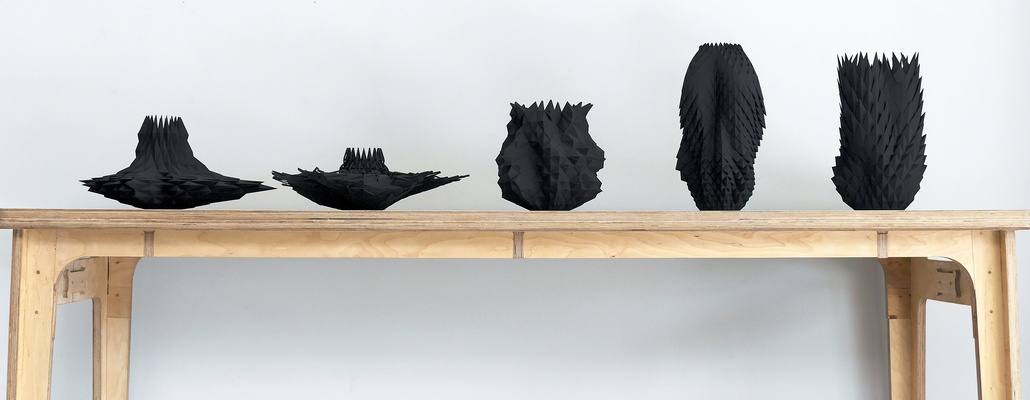Digital technologies have upset the conception and fabrication of objects, transforming the practice of architects, designers, and artists. What is the status of the author in this era of the production of “non-standard” objects, be they unique or industrial? What is the status of an object “printed” in 3D – simultaneously an everyday object, a technological object, a work of art, a designer piece, or an architectural prototype? How can we explain is its generalization in the digital era to all production domains?
Qualified as “disruptive technology”, 3D printing has been widely available for the past 15 years via “open source” software platforms and continual development in industry from aeronautics to biotechnology. From micro (printing living cells) to macro (printing architectural elements at a scale of 1:1), from the visible to the infra-visible, additive fabrication raises multiple questions concerning the status of a work, in the industrial world and in scientific research. The exhibition “Imprimer le monde” (Printing the World) questions the emergence of a new 3D printed digital artifact in artistic creation.
From a design object to an architectural prototype, from the production studio for innovative objects to the lab, this exposition brings together a young generation of artists, designers, and architects who use 3D printing as an analytical tool for experimentation. In its selection of some 40 or so artists, “Imprimer le mode” questions the mutations of forms at the heart of “digital materiality” where the new typology of objects appeared and where 3D printing is a common denominator. Modes of representation in the digital age are at the heart of artistic endeavors that question the status of the image, the boundaries between the physical and the virtual. Achraf Touloub questions the circulation of digital images by transferring them in three dimensions. The 3D printed busts by Jon Rafman refer to the archetypes of the past, like hypertechnology. The artifacts of Morehsin Allahyari reactivate the memory of historical monuments destroyed by the war in Syria using 3D printing as a tool to repair history. The notion of the temporality of an object is also questioned by the designer Dov Ganchrow via his flints carved from 3D printed shells. The same speculative approach is at work in Matthew Plummer-Fernandez’s dysfunctional objects or in Jesse Howard’s hacked objects.
The installations produced by IRCAM take over the acoustic spaces. Be it sound or matter, the digital race generates new forms. How does one perform and compose a space through the dimension of sound and with new techniques for spatialization? In Disenchanted Island, the composer Olga Neuwirth and the video artist Tal Rosner bring the visitor-audience member to San Lorenzo in Venice, virtually, venue of the premiere of Nono’s Prometeo performed in a set designed by Renzo Piano. Using 3D convolution, the sound identity of the Venetian church is transferred to the museum’s gallery space. With Jardin d’Eden, the artists Raphael Thibault and Hyun-Hwa Cho present an immersive installation, with a double video projection, 3D printed sculptures, a sonorous and musical panorama. The sound spatialization echoes the images. The process of digital simulation concerns every artistic domain, 3D simulation of a sound space or digital simulation of a landscape via 3D scans of Thibaut Brunet’s photographs.
Curators: Marie-Ange Brayer / Olivier Zeitoun, Mnam/Cci-Centre Pompidou.
This exhibition is supported by
Photo : François Brument et Sonia Laugier, Digital Crafts, l’atelier
Installation
Production Les Arts Codés : In-Flexions, Magnalucis, Polyrepro, Nouvelle Fabrique, CERFAV et Atelier Gamil, Pantin
Jardin d'Éden
 Jardin d'Éden © Raphaël Thibault
Jardin d'Éden © Raphaël Thibault
Visual and sound installation (WFS and Ambisonics), 3D printed sculpture Premiere
Music*Hyun-Hwa Cho
Video Raphaël Thibault
IRCAM Computer-Music Production Serge Lemouton
IRCAM Sound Engineering Luca Bagnoli
Jardin d’Éden features a double video projection, a 3D printed sculpture, and a musical panorama situated between sounds from nature and electronic artifice. The title makes reference to the Biblical place at its suggestion of original nature. The four elements: water, air, earth, and fire are in the center of the musical and visual compositions. Transporting the visitor through hyper-realistic environments, the video is created with concrete images fabricated using 3D computer graphics. The sound element of the work associates synthesized bird songs and environmental sounds, augmented via multiple electronic processes, and carries the listener towards a place peopled with imaginary sonorous creatures.
* writing assistance for a new, original musical work from the French Ministry of Culture and Communication.
IRCAM/Centre Pompidou coproduction. With the participation of the DICRéAM.![]()
Disenchanted Island

Visual and sound installation (Ambisonics) Premiere
Conception and Music Olga Neuwirth
Video Tal Rosner
Louise Akili, Athos Castellan, Livia Rado, Benny Sluchin, Maarten Stragier musicians (recording)
Léo Warynski conductor (recording)
IRCAM Computer-Music Production Gilbert Nouno
Ircam-STMS Scientific Advisor, Acoustic and Cognitive Spaces Team Markus Noisternig
IRCAM Sound Engineering Clément Cornuau
In Le Encantadas o le avventure nel mare delle meraviglie (2015), Olga Neuwirth invited the audience to cross an imaginary Venice, inhabited by personal and mythological stories. Disenchanted Island goes deeper into this experience by calling up real soundscapes (field recordings) and unreal soundscapes of the lagoon as well as the reproduction of the acoustic fingerprint of the San Lorenzo church, now abandoned and closed. The acoustic simulation, used Olga Neuwirth and Tal Rosner as a means of preserving the acoustic heritage, invites the audience on a journey where the effects of reality, movements, and the contrast of multiple, simultaneous memories haunt the space.
Tal Rosner’s digital assemblages, some simple and some complex, illustrate the soundscape with an additional perspective. Using photographic and imaginary fragments of San Lorenzo’s architecture and its surroundings as his base, he processes the forms in a way that allows new viewpoints, rooted in the principles of parametric design.
IRCAM/Centre Pompidou coproduction.







